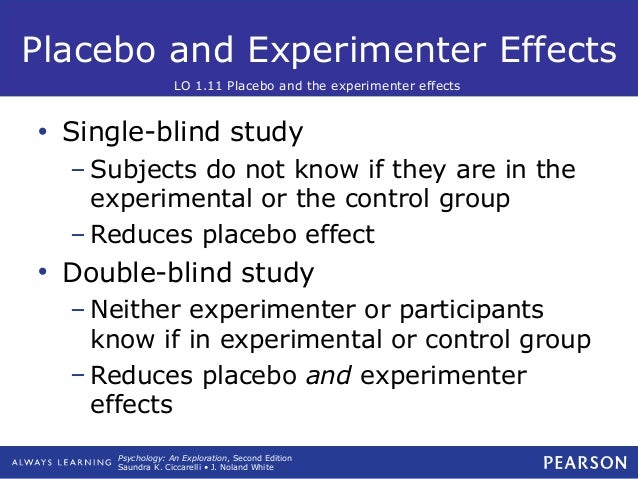

Bacteriological success at the end of therapy was obtained in 76.2% (83/109) of patients in the bd group, and 73.7% (81/110) of patients in the tds group (95% CI: –9 to 14%). Two hundred and nineteen patients from the clinically evaluable ITT population had at least one pathogen isolated at baseline and were evaluable for bacteriological efficacy. The 95% confidence intervals (CI) confirmed the clinical equivalence of the two dosage regimens in the ITT and PP populations. The clinical recurrence rates at follow up were, in the ITT and PP populations, respectively, 14.2% (20/141) and 13.4% (18/134) in the bd group, and 12.6% (18/143) and 13.7% (18/131) in the tds group. In the intention-to-treat (ITT) population, clinical success rates at the end of therapy were 86.6% (162/187 patients) and 85.6% (161/188 patients) in the bd and tds group, respectively. Patients were treated for 10 days and were assessed during therapy (days 3–5), after the end of therapy (days 12–15) and at follow up (days 28–35). This randomized, multicentre, double-blind, double-dummy study compared the efficacy and safety of amoxycillin 1 g bd with amoxycillin 500 mg tds in 395 patients with a clinical diag- nosis of acute exacerbation of chronic bronchitis (AECB).


 0 kommentar(er)
0 kommentar(er)
